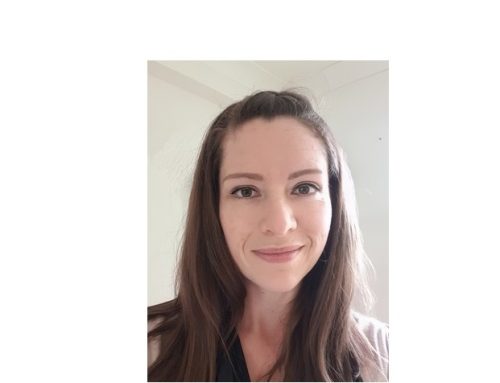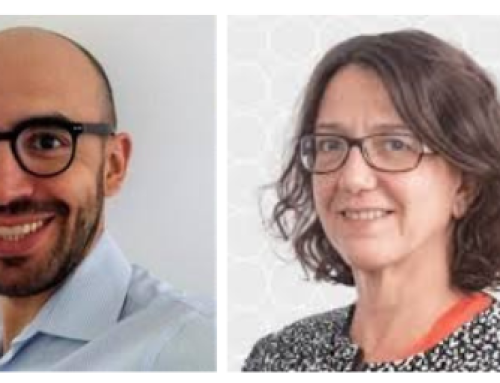
In March we brought together seven patients recruited via CRUK Patient Involvement Network who have previously had radiotherapy and two CRUK RadNet City of London funded researchers, Dr Catarina Veiga and Dr Adam Szmul, in an online workshop. The focus of the workshop was exploring where patients currently access information about research and how they would like to see research shared.
Academic research is traditionally produced and shared in ways which do not involve patients and outputs are inaccessible to a lay patient and public audience. Often involving patients in research is through research proposals – e.g. patients providing feedback on new trial design. It is less common for patients to stay involved during the process of conducting and disseminating research.
The workshop was planned around an upcoming publication of Adam’s based on research using artificial intelligence to improve proton beam therapy delivery in children with cancer. Adam gave the patients a brief presentation about this work, followed by a presentation from Catarina explaining the traditional process for scientific publishing.
The fascinating discussion was captured in the above artwork by Jenny Leonard. Participants shared their experiences of having radiotherapy with several patients being told how this was the “easiest” treatment. However, they felt unprepared and most found it very difficult and many had side effects later attributed to their radiotherapy treatment.
The patients who attended the workshop were very interested in research and try to stick to reputable sources for information including charities and google Scholar. They all agreed that infographics with links to journal papers are an accessible, interesting way to share research. They all spoke of their motivations to contribute to making future cancer patients lives better, but also reflected on how challenging it can be to find reliable and trustworthy information while going through the treatment pathway.
Following the success of this workshop we invited a smaller group of patients to work with us and an artist to produce an infographic based on Adam’s now published paper. By collaborating with patients who have a unique perspective to co-produce research outputs and identify ways these could be shared in more accessible ways we hope to reach a broader patient and public audience.




Leave A Comment